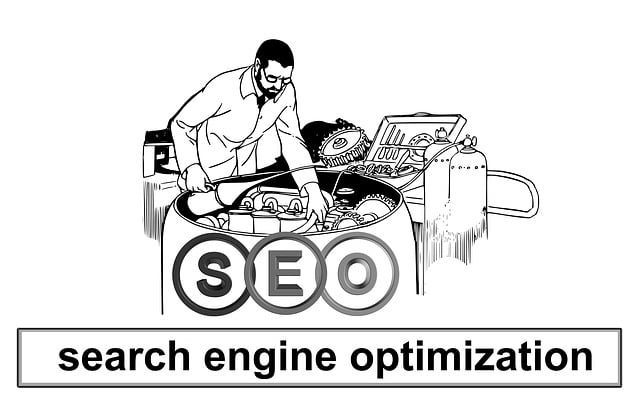Technical SEO is the backbone of your website’s performance, ensuring that search engines can effectively crawl, index, and rank your pages. As we step into 2025, the competition is tougher than ever, and a well-optimized website is crucial for achieving top rankings on Google and other search engines. Here’s a comprehensive Technical SEO Checklist to keep your website technically sound and improve its visibility.
1. Ensure a Secure and Accessible Website
- HTTPS Implementation: Google prioritizes secure websites, so ensure your site runs on HTTPS.
- Robots.txt Optimization: Check your robots.txt file to make sure search engines can crawl essential pages.
- XML Sitemap: Keep your XML sitemap updated and submit it to Google Search Console.
- Canonical Tags: Avoid duplicate content issues by using proper canonical tags.
2. Optimize Website Speed and Performance
- Core Web Vitals: Focus on improving metrics like Largest Contentful Paint (LCP), First Input Delay (FID), and Cumulative Layout Shift (CLS).
- Image Optimization: Compress and use next-gen formats (WebP, AVIF) for faster loading.
- Enable Browser Caching: Store static assets to reduce load times for returning visitors.
- Minify CSS, JavaScript, and HTML: Reduce unnecessary characters and whitespace.
- Use a Content Delivery Network (CDN): Distribute content efficiently across multiple servers.
3. Mobile-Friendliness and Responsiveness
- Responsive Design: Ensure your website adapts seamlessly to all screen sizes.
- Mobile Usability Report: Use Google Search Console to detect mobile-specific issues.
- Accelerated Mobile Pages (AMP): Consider implementing AMP for faster mobile performance.
4. Crawlability and Indexability
- Fix Crawl Errors: Regularly check Google Search Console for crawl errors and resolve them.
- Use Correct Noindex and Nofollow Tags: Ensure pages that shouldn’t be indexed are properly tagged.
- Pagination & Infinite Scroll Handling: Implement proper pagination or load more buttons to prevent indexing issues.
- JavaScript SEO: Ensure search engines can render JavaScript content properly.
5. URL Structure and Internal Linking
- SEO-Friendly URLs: Keep URLs short, descriptive, and keyword-rich.
- Proper Internal Linking: Use contextual internal links to improve navigation and pass link equity.
- Avoid Broken Links: Regularly audit and fix broken links to enhance user experience.
- Breadcrumb Navigation: Improve site structure with breadcrumb navigation for better indexing.
6. Structured Data and Schema Markup
- Implement Schema Markup: Add structured data to enhance rich snippets for search engines.
- Use Google’s Rich Results Test: Validate your structured data for errors.
- Optimize for Featured Snippets: Structure content in lists, tables, and question-answer formats.
7. Technical SEO Checklist for E-commerce Websites
- Optimize Category and Product Pages: Ensure product descriptions, images, and meta tags are optimized.
- Implement Faceted Navigation Carefully: Prevent duplicate content by handling dynamic URLs properly.
- Use Lazy Loading for Images and Videos: Improve page speed without affecting user experience.
8. Server and Hosting Optimization
- Choose a Reliable Hosting Provider: A fast, stable server is essential for uptime and speed.
- Optimize Database Queries: Reduce slow queries and optimize database performance.
- Monitor Downtime: Use uptime monitoring tools to detect and fix server issues quickly.
9. Log File Analysis
- Analyze Server Logs: Identify crawl patterns, errors, and performance bottlenecks.
- Monitor Bot Activity: Ensure search engines are not wasting crawl budget on unnecessary pages.
10. Ongoing Monitoring and SEO Audits
- Use Google Search Console & Bing Webmaster Tools: Regularly check for indexing, errors, and security issues.
- SEO Audit Tools: Utilize tools like Screaming Frog, Ahrefs, and SEMrush for regular audits.
- Keep Up with Algorithm Updates: Stay informed about Google’s changes to maintain your rankings.
Read Also:-
- Why Phoenix Creative Hub is the Best SEO Company
- Role of Social Media in SEO
- Internet Marketing Company
Final Thoughts
Technical SEO is an ongoing process that ensures your site remains accessible, fast, and search engine-friendly. By following this Technical SEO Checklist 2025, you can improve your website’s performance, user experience, and search visibility. Regular audits and updates will keep your site ahead in the competitive digital landscape.








